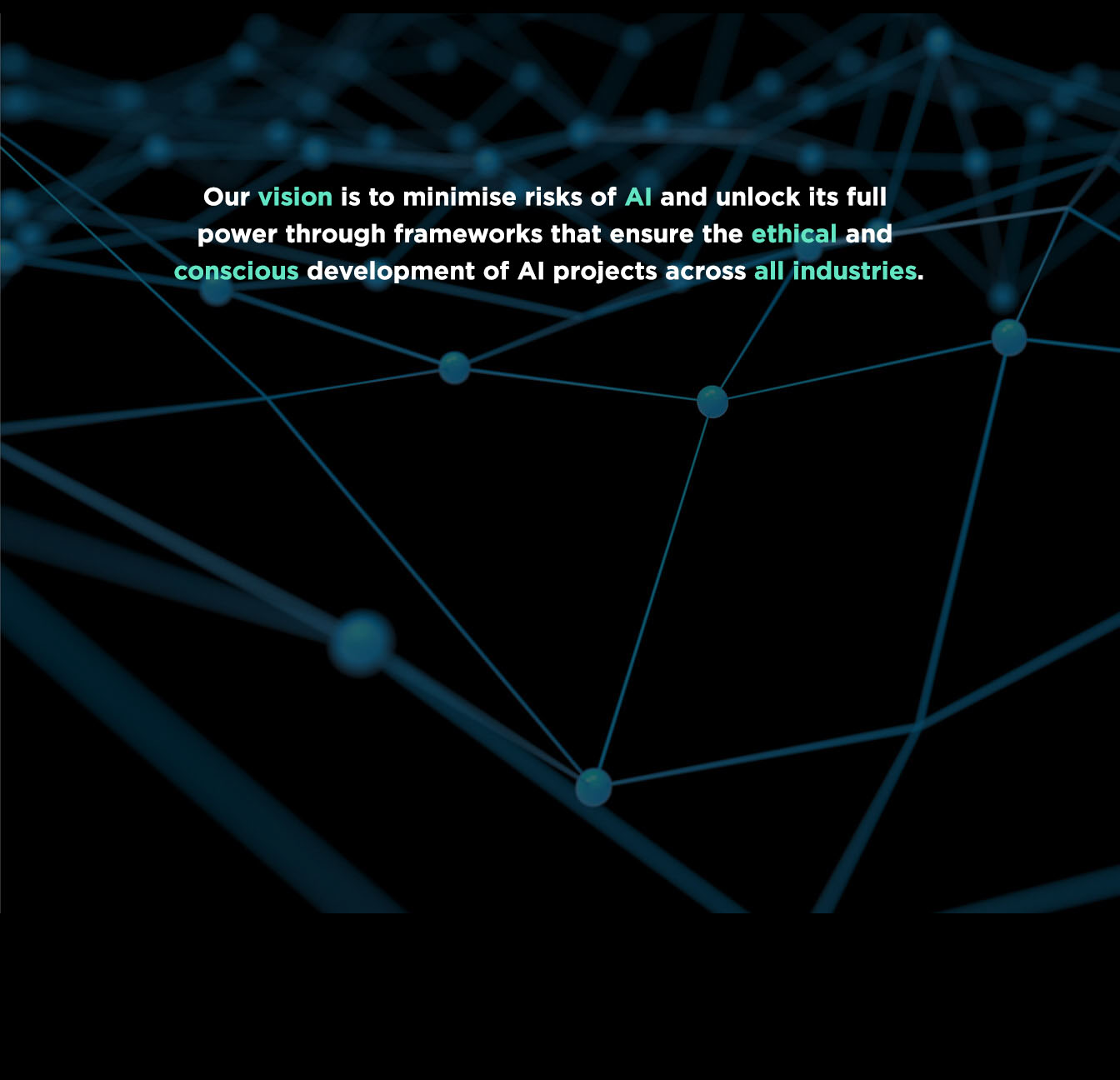The Responsible Machine Learning Principles

A practical framework to develop AI responsibly
The 8 principles of responsible ML development provide a practical framework to support technologists when designing, developing or maintaining systems that learn from data.
If these principles resonate with you, you invite you to join the Ethical ML Network (BETA), and be part of a global network of leaders driving forward positive change in this area.









